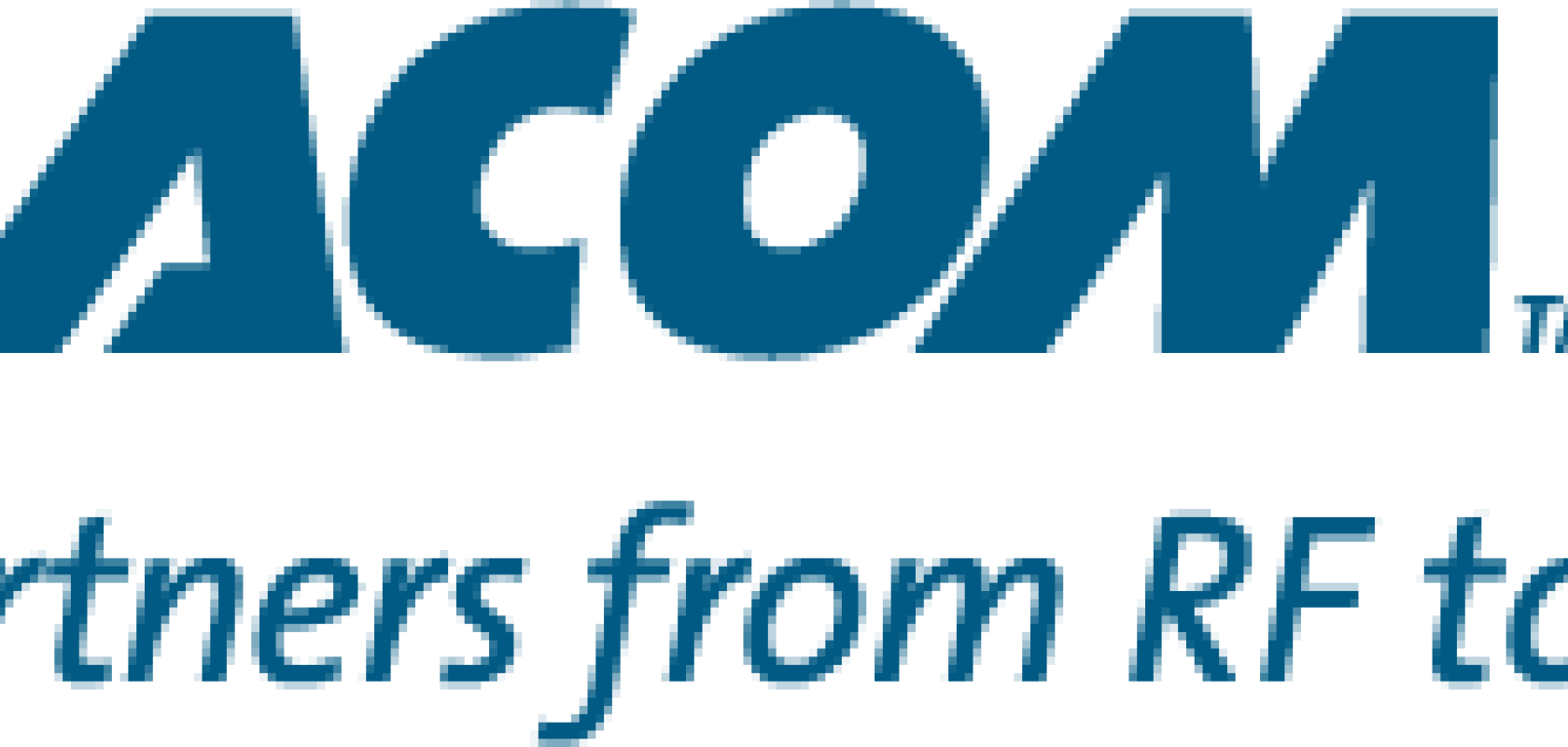The amount of computing horsepower at our disposal today is growing at a staggering rate, driven by huge gains in processing performance, power optimization and architectural innovations. This progress is being driven at every level of the technology market, but none more so than the High-Performance Computing (HPC) ecosystem. And where previously we associated HPC primarily with ultra-specialized supercomputers, HPC capabilities have extended outward into Cloud Data Centers and beyond, servicing compute-intensive applications for which massive amounts of computational power and throughput are required to crunch huge data sets and run sophisticated modeling and simulation workloads.

HPC APPLICATIONS, FROM SCIENCE TO COMMERCE
Among the many domains where HPC is employed today, natural science applications are among the most common, spanning from life sciences like biology and medicine to physical sciences including physics, astronomy, chemistry and earth science, among other fields. Atmospheric research and weather modeling are well represented among HPC apps as well, as are geological and oil and gas exploration.
Aerospace applications are prime candidates for HPC too, enabling government and commercial entities alike to assess air flow physics in a controlled environment, with implications for next-generation aircraft and spacecraft designs, and fuel efficiency characteristics.
HPC is also commonly employed in finance applications, where rapid market fluctuations must be analyzed and acted upon at extremely high speeds. HPC can enable automated trading systems to buy and sell in near real time to maximize investor value, while also enabling large-scale correlation analysis.
FULLY ANALOG OPTICAL CONNECTIVITY ADVANTAGES
In all of these HPC environments, optical connectivity plays a crucial role in the high-speed delivery of data across processing, memory and storage resources, eliminating short-reach network frictions that could slow overall system performance. Fully analog optical modules and active optical cables (AOCs) have emerged as the solutions of choice for these environments. Though more difficult to implement than mainstream digital signal processor (DSP) based solutions, fully analog optical connectivity provides a host of benefits that are ideally suited for the unique demands of HPC applications. Among these benefits:
Extremely Low Latency – Fully analog optical interconnects can provide 1000X lower latency than DSP-based solutions. This attribute gets to the heart of the HPC value proposition, enabling system performance at fastest possible speeds that would otherwise take significantly longer to run using digital computing infrastructure. This is beneficial on multiple levels. Modeling simulations can be dramatically accelerated, delivering results in days and weeks where previously it might have taken months or even years. This in turn gives users the data they need in much shorter timeframes, helping them speed the pace of their research initiatives.
As a consequence of this workload acceleration, HPC system capacity can also be reallocated and redeployed at a faster rate, ensuring that HPC host providers can achieve the maximum return on their investment in HPC infrastructure – investments that could easily scale into the multimillion and multibillion dollar amounts.
Low Power Consumption – In the absence of a DSP, fully analog optical interconnects may consume much less power and dissipate considerably less heat than mainstream commercial solutions. Here again this is beneficial on multiple levels. By reducing power consumption at the device level, total operating costs can be reduced. And increased thermal efficiency enables a reduction in cooling hardware and costs, at both the system level and facility level. The reduction of cooling components within the device also ultimately enables smaller module form factors, maximizing port and bandwidth density while conserving valuable real estate in and around the HPC cluster.
Lower Overall Cost – As evidenced above, the streamlined architecture of fully analog optical interconnects may ensure significant cost savings compared to mainstream commercial solutions. Reductions in component count and power consumption ultimately can ensure more cost-effective module and system designs, while enabling a lower total cost of ownership for the end customer.
MACOM’s leadership in fully analog optical components for modules and AOCs targeting HPC applications extends from 100G to 200G and 400G connectivity. To read more about our recently announced 400G chipset for high-performance, short reach optical interconnects, click here.

